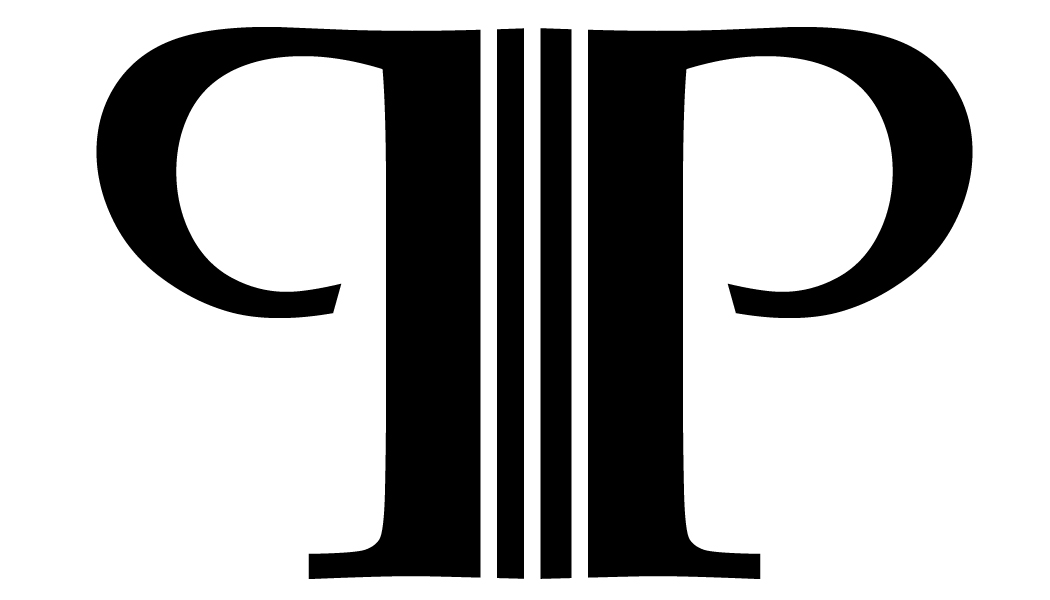I'm sitting looking out the window pondering the fact that last weekend I was hiking up Mount Mansfield and this weekend I'm looking at snow on the ground in the third week of October.
I've chosen a seat next to the wood stove for daydreaming. It is one of the first fires of the season and the ping of the metal expanding and the warmth on my bare feet make it an irresistible perch.
In due time I will lumber back to the computer and begin to organize my teaching schedule for the upcoming week. The snow will have melted and the crunch of the leaves will return just in time for Halloween.
This past week Paul and I finished running a cello quartet, made up of some of our adult students, that had been Tuesday evenings for the past six weeks. The final evening was an open rehearsal for family and friends of players involved. The four cellists sat in a horseshoe facing the “audience” and played, for them, the pieces that we had worked up together. The goal of this ensemble was to offer students the opportunity to play with their peers in an organized, coached situation. Ensemble work is a completely different animal from lesson situations where you are sitting next to your teacher. The goal of this was to be able to focus, not only on the notes in front of you, but also on the people alongside you and what they are doing.
We spent a great deal of time identifying what player was carrying the melody, who had the job of supporting it and then discussing that when it is your line, “play out Jeff!” There was laughter over mistakes and cheers when there was success.
The evening of the open rehearsal was the culmination of those weeks of practice. We ran through the music, stopping and correcting. Paul conducted and I played in where I was needed. At the beginning I would sit in on various parts on each of the pieces but that final rehearsal It was only necessary for me to be in on one of them. The weeks of practice paid off. The group had learned how to blend their sound and create pieces that were cohesive even in the separateness of the parts. I sat back, resting my hands on the top of my cello and watched their faces; they were looking at each other and smiling, pride had replaced fear.
Later that evening I oversaw various emails flying back and forth between the quartet . Calls to come together again and to perhaps play a couple of those pieces at the winter recital?. I watched the screen but stayed out of the conversation. Like all growth experiences, the goal includes becoming more independent of the instructor.
Last week I had two early students overlap each other's lesson so as to play a duet together. I gave them each the music the prior week and had them come in prepared to play together. Other than dueting with me, it would be their first time making music with another instrument.
As they finagled the big bodies of the cellos into place, tightening end pins and bows and shuffling music onto their designated stands, there was nervous chatter. They didn't know each other with the exception of passing on the in and out path to their lessons. I stood in the corner and let them balance their space and then begin to play. At first they had trouble listening to the other rather while simply reading their own parts. We added our good friend, Mr. Metronome and things began to iron out. They started with only a few measures, then just the first line and finally, the entire piece. Big sighs of relief as the bows clunked back onto the stands. But as big are their smiles because they just cannot believe that they are making music!
I find lessons for us everywhere. Left like crumbs of bread for us to follow on our paths. In our everyday lives it is important for us to read our own parts but be always conscious of those around us because they too are following their individual rhythms.
Melissa
